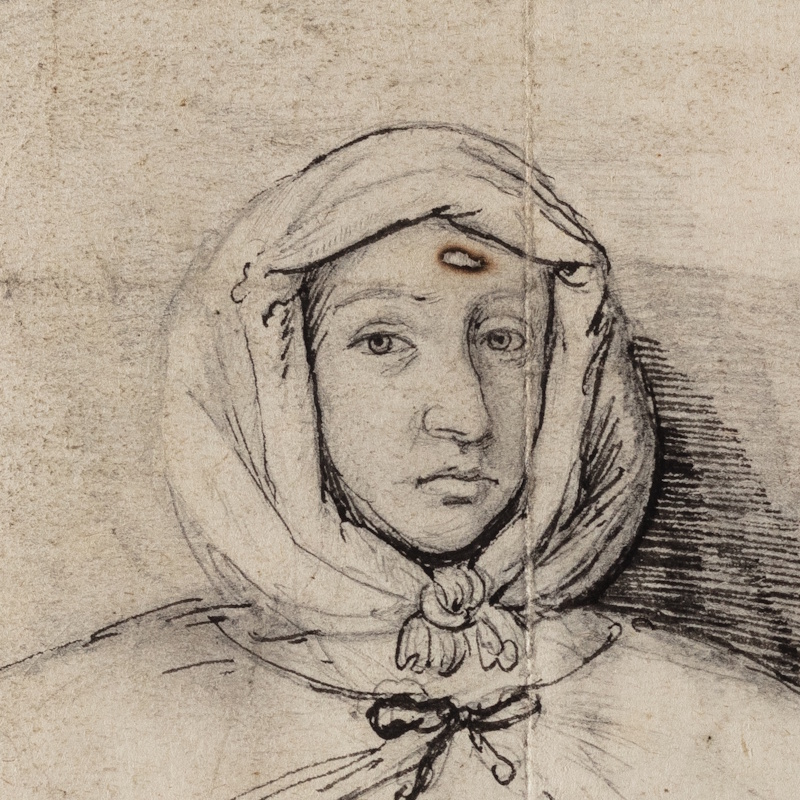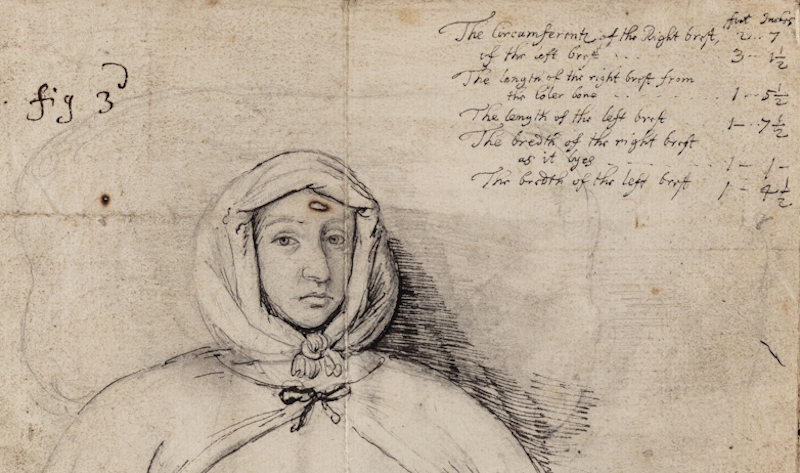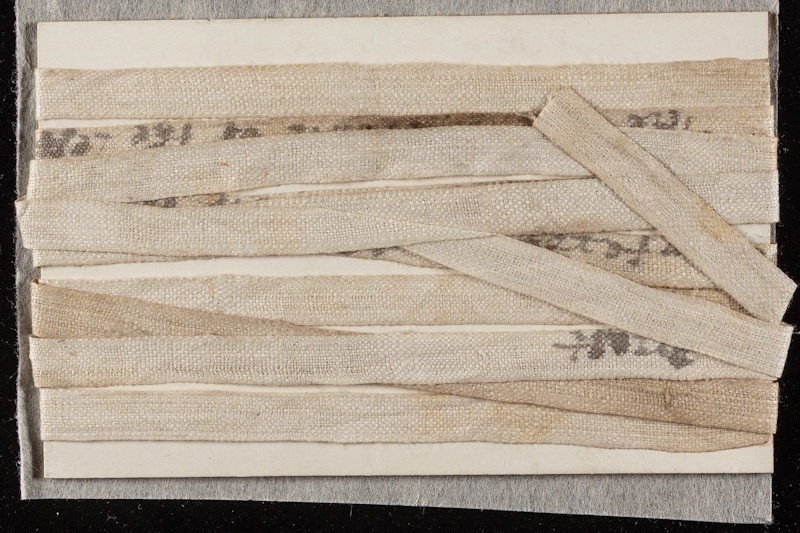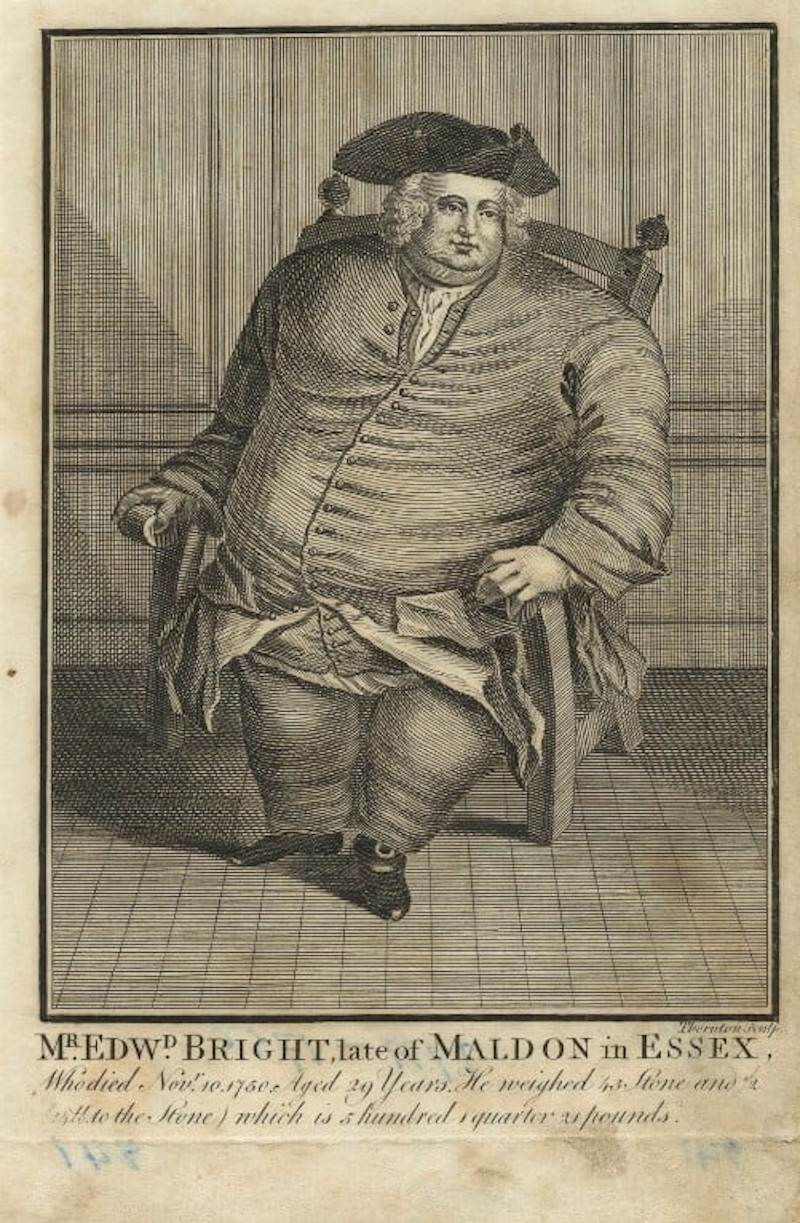Virginia Mills looks at two medical case studies in the Royal Society’s Philosophical Transactions, and the portraits of the patients.

In March 2026, the Royal Society’s Library intends to host a one-day conference on scientific portraiture. We hope to stimulate interest in images of scientists, and how they wanted to be seen. But we’d also wish to explore portraits of lesser-known individuals made for scientific purposes, including medical case studies. We’d like to have insights from interested academics from the fields of art history and the history of science; the call for papers (PDF) is still open… but hurry!
In its early years, the Royal Society’s Philosophical Transactions journal featured a variety of medical case histories. These were intended for scientific understanding, and sometimes for learned entertainment, capturing things which would elicit discussion and engage the curiosity of natural philosophers. 'Curious’ people, for example, were endlessly discussed and shown in its pages, often with little sensitivity.
 Elizabeth Travers in 1669 (detail)
Elizabeth Travers in 1669 (detail)
These individuals were the victims of illnesses which transformed the body, often suddenly and dramatically. One such case involved a woman named Elizabeth Travers, who lived near Plymouth and was ’23 or 24 years of age’ and ‘of honest repute’. Physician William Durston sent an eye-witness account to the Royal Society in July 1669, reporting the excessive overnight swelling of Elizabeth’s breasts, leaving the patient ‘affrighted to an astonishment’.
In his report, subsequently published in the Philosophical Transactions, Durston was sympathetic to the impact on his patient’s wellbeing, describing the swellings as tumours of the whole breast. Elizabeth was portrayed in the paper, and the case resulted in a relic that has survived in our archive to this day, in the form of a measuring tape used by the doctor. Sadly, despite Dr Durston’s ministrations and a brief respite, Elizabeth Travers died on 21 October.
 Tapes recording the circumference and length of the breasts of Elizabeth Travers after a sudden swelling (EL/D1/11)
Tapes recording the circumference and length of the breasts of Elizabeth Travers after a sudden swelling (EL/D1/11)
In 1751 human size found another manifestation in a case sent to Cromwell Mortimer, the Royal Society’s Secretary and editor of the Transactions. It gives ‘a plain but true and authentic account’ of the so-called ‘Fat Man of Maldon’, supposedly the largest man who had ever lived. He was described by the author of the account, Dr Thomas Coe:
‘Edward Bright, grocer, late of Malden in Essex who died there […] in the 30 year of his age. He was a man […] of such an uncommon bulk and weight, that I believe there are very few, if any, such instances to be found in any country, or upon record in any books’.
There is an attempt in the paper, which was printed in the Philosophical Transactions, to offer some medical insight, and certainly the focus was on facts and figures: as Dr Coe says, ‘a plain account’ rather than a sensationalist one. He recounts that Bright was descended from families ‘greatly inclined to corpulency […] though very far inferior to him in bulk’; Edward was strong and active, nimble and well-muscled until the last few years of his life when he became ‘unwieldy; until then he had been ‘the gazing-stock and admiration of all people, as he walked along the streets.’
Aged twelve, Edward weighed 144lb, at nineteen 336lb, and a year before his death he weighed 584lb; an average gain of two stone a year meant that a modest calculation of his weight at death was put at 616lb. He was 5 feet 9.5 inches in height, unusually tall for the era, with a chest measurement of 5 feet 6 inches and over 6 feet around the midriff. As it was claimed he ate no more than any other men with ‘good stomachs’, and given his family history, it seems likely he had a serious underlying medical condition or a form of genetic predisposition to obesity.
Though the gallon of small beer he consumed a day may not sound healthy by modern standards, Dr Coe described him as ‘extremely moderate’ in his consumption of other liquors. In an insight to the man, considered apart from his weight, he is described as a kind husband, a tender father, a good master, a friendly neighbour and a very fair, honest man. Such characterisations were overshadowed by his appearance, which warranted having his portrait taken and much copied.
 Edward Bright by Thornton, after David Ogborne. Line engraving, after 1750. NPG D23455 © National Portrait Gallery, London. Reproduced under Creative Commons licence.
Edward Bright by Thornton, after David Ogborne. Line engraving, after 1750. NPG D23455 © National Portrait Gallery, London. Reproduced under Creative Commons licence.
To this day he is a celebrated historical figure in Essex, for no other reason than that which fascinated his contemporaries – which perhaps indicates how little society has moved on. There are two streets named after Edward Bright, and a sculpture installed in Maldon in 2000 to immortalise the tale of how seven men could fit comfortably into his jacket. It was reportedly not his size, however, that contributed to Bright’s early death, aged 30, but rather a ‘miliary fever’. This was a term applied to infectious diseases that caused a fever and rashes, in Bright’s case perhaps typhoid, judging by the description of his cough. A sad end for a gentle and sociable man.
People whose images were once displayed because of what was unusual about their appearance are now of interest for exactly the opposite reason. Their portraits and life histories show ordinary people – named and recognisable young women and working men from earlier centuries – whose images would otherwise have been omitted from any historical record. We hope there will be more ‘scientific’ portraits to find and talk about in next year’s event.







